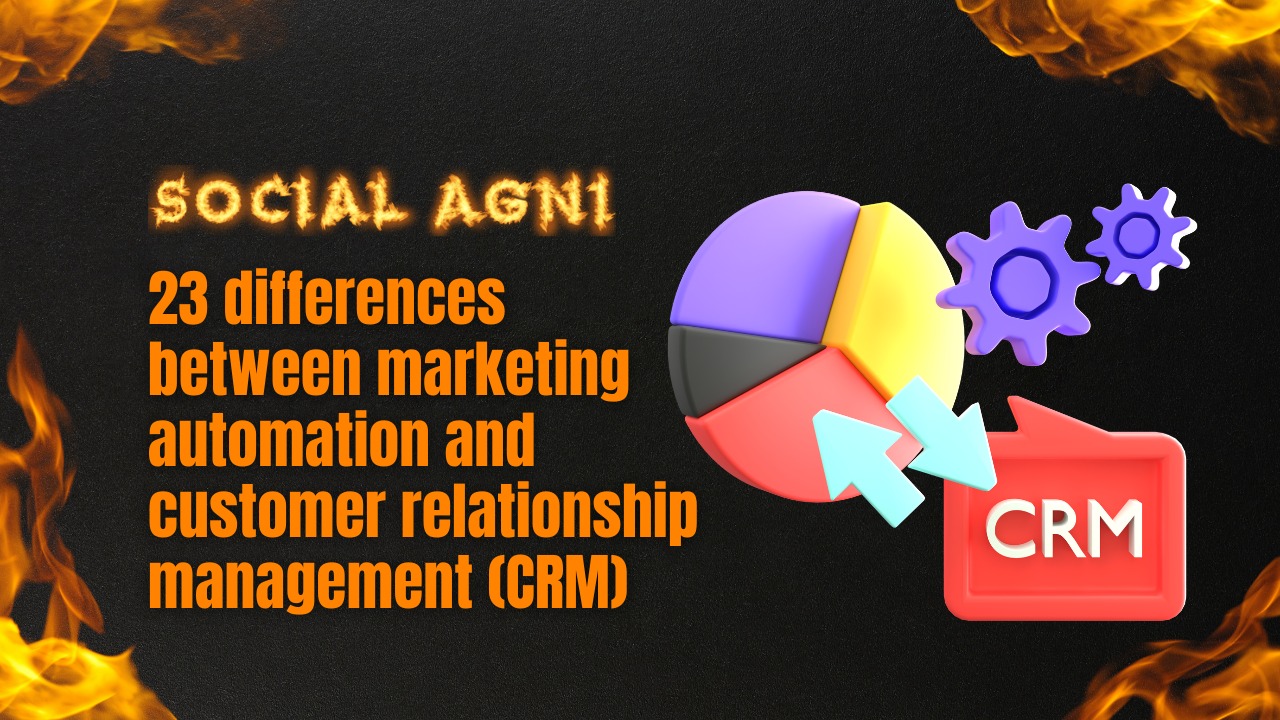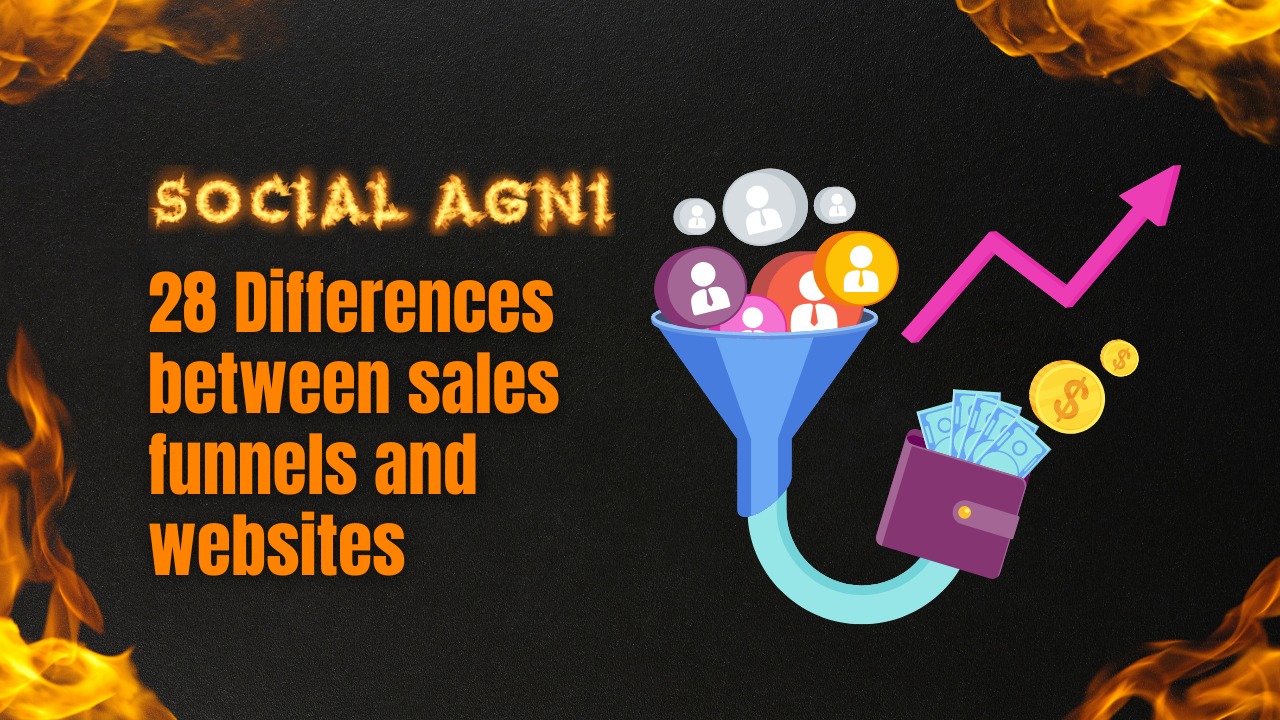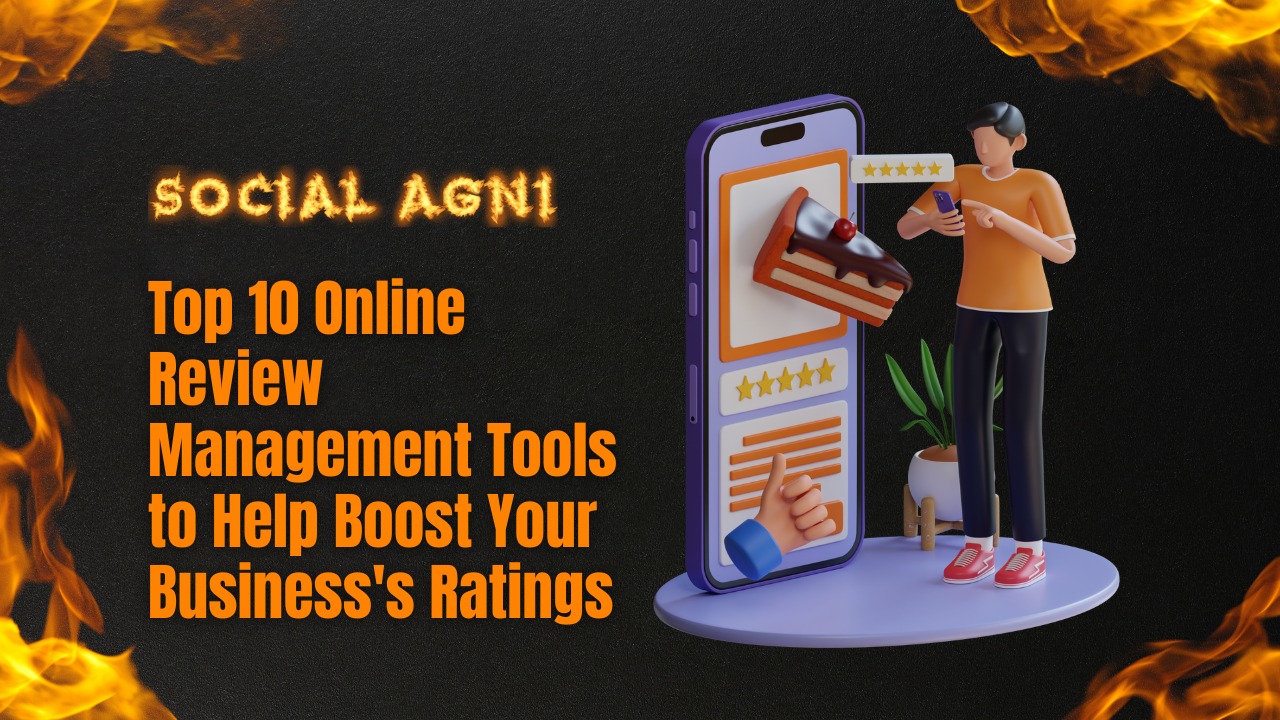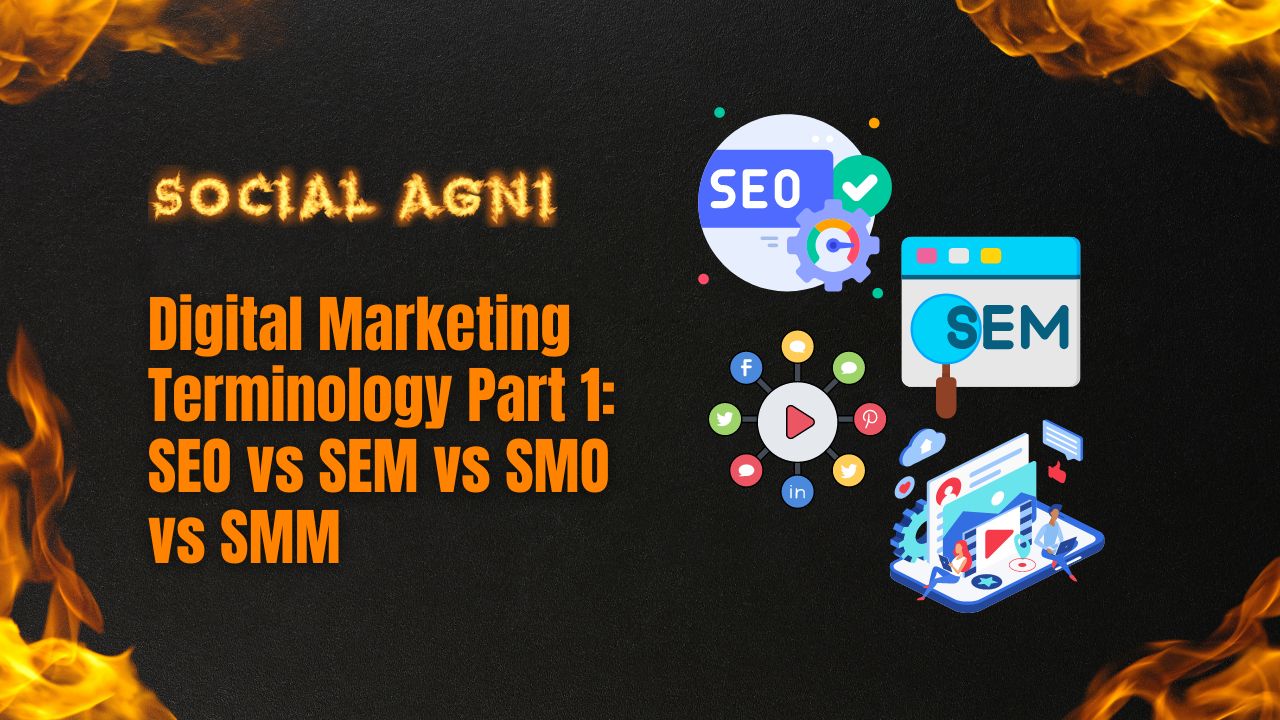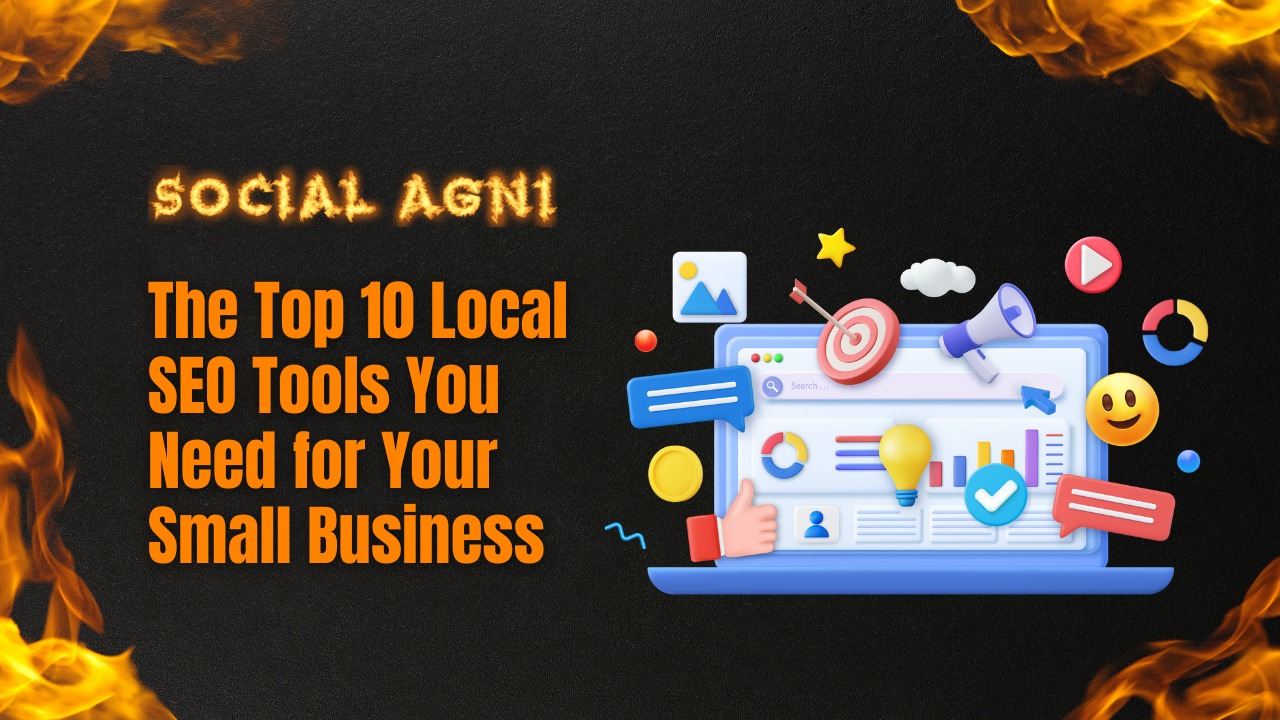Business success requires competitor analysis. Understanding your rivals’ strengths, weaknesses, and plans may help you make educated decisions and acquire a market edge. You may find chances, optimize your strategy, and differentiate your brand by analyzing your rivals’ strengths and weaknesses. Competitor analysis tools are crucial in today’s fast-paced digital world. These tools let you analyze your competitors’ marketing, consumer engagement, and internet presence. This article discusses five fundamental techniques for competition analysis.
SEMrush dominates competition analysis. It provides domain statistics, keyword research, backlink analysis, and traffic data. SEMrush lets you see your competitors’ digital strategy and get keywords and content suggestions to boost your online visibility. Ahrefs also analyzes competitors. It analyzes backlinks, keywords, and content. Ahrefs’ competitive research lets you find your rivals’ best content, link-building techniques, and organic search ranks.
SpyFu analyzes competitive keywords and PPC data. SpyFu lets you find your rivals’ best keywords, track their PPC campaigns, and analyze their ads. This tool optimizes keyword strategy and advertising ROI. BuzzSumo analyzes the content and social media. It helps you find the industry’s most shared and interesting content, prominent content providers, and rivals’ social media activity. BuzzSumo helps you improve your content strategy, develop shareable content, and follow industry trends.
SimilarWeb analyzes websites and markets. Traffic, audience, and competitive data are available. SimilarWeb lets you compare your website’s performance to rivals’, determine their traffic sources, and find new partnerships.
Importance of Competitor Analysis
Competitor analysis is crucial to corporate strategy in today’s competitive market. It entails analyzing your direct and indirect rivals’ plans, strengths, and weaknesses. Businesses may make better decisions, find opportunities, and remain ahead by undertaking detailed competitor analysis. Competitor analysis is important because it clarifies the competitive environment. You may identify your primary competitors, their products and services, and their market positioning by extensively researching them. This helps you define your brand, create distinct value propositions, and stand out in a crowded market.
Competitor analysis also reveals market trends and possibilities. Monitoring your competition might reveal new trends, technology, and unexplored client niches. This knowledge lets you adjust and innovate to meet market expectations. Competitor analysis improves marketing and positioning. Analyzing your rivals’ marketing might reveal their audience, messaging, and promotional strategies. This intelligence allows you to improve your marketing strategy, detect market gaps, and create engaging campaigns for your target clients. Competitor analysis helps measure your performance against industry peers.
You may create targets and measure success by analyzing your competitors’ market share, revenue growth, and customer happiness. This benchmarking technique helps you identify areas of weakness and provide solutions. Competitor analysis aids product development and innovation. Analyzing your rivals’ products and consumer comments may help you improve, find unmet customer requirements, and innovate. This keeps you competitive and builds your product portfolio.
Tool 1: SEMrush
SEMrush is a sophisticated and versatile competitor analysis tool. It is a top SEO and digital marketing tool.
SEMrush is an all-in-one digital marketing platform with tools for SEO, PPC, content, social media, and more. It provides data and insights to assist companies understand their competitors’ strategies and make decisions.
SEMrush has several competition analysis options.
Key features:
- Domain Analytics: SEMrush lets you monitor your competitors’ websites for organic search rankings, backlink profiles, and top-performing pages. This helps you understand their SEO methods and find ways to improve.
- Keyword Research: SEMrush lets you find keywords your rivals are pursuing and find new ones. By knowing which terms drive visitors to your rivals’ websites, you can optimize your keyword strategy and boost organic search exposure.
- Advertising Research: SEMrush shows your competitors’ PPC keywords, ad copy, and performance indicators. This knowledge improves your PPC campaigns and keeps you ahead in advertising.
SEMrush analyzes your competitors’ content marketing. You may find their best content, track their social media activity, and find content gaps to replace with your own.
SEMrush’s competition analysis advantages:
- SEMrush gives you a complete picture of your rivals’ digital presence and strategy.
- SEMrush data is actionable. Use the data to make smart marketing choices.
- SEMrush automates data collection and analysis. The straightforward UI and reports make it easy to explore and retrieve useful information.
Tool 2: Ahrefs
Ahrefs analyzes rival backlinks, keywords, and content. It is a top SEO tool.
Ahrefs is a comprehensive SEO tool that analyzes rivals’ methods, backlinks, keywords, and content. SEO experts, digital marketers, and organizations of all sizes utilize it to stay ahead.
Key capabilities: Ahrefs has several competition analysis capabilities.
Key features:
- Ahrefs’ Site Explorer lets you examine rivals’ websites. Backlink profiles, organic search traffic, top pages, and referring domains are available. This helps you understand their link development techniques and find chances for your website.
- Ahrefs’ Keyword Explorer allows in-depth keyword research. Discover your rivals’ keywords, detect keyword gaps, and locate fresh keyword chances to increase your organic search ranks.
- Ahrefs lets you assess your rivals’ content marketing. You may detect content gaps, top-performing material, and popular themes and forms that appeal to your target audience.
- Ahrefs’ Rank Tracker lets you track rivals’ search engine rankings. Track their keyword placements, compare your results, and learn their SEO techniques.
Ahrefs’ competitor analysis benefits:
- Ahrefs offers industry-leading backlink analysis. Discover your rivals’ backlink profiles, analyze their quality and quantity, and find link development chances for your website.
- Ahrefs’ Keyword Explorer has a huge keyword database and search volumes. Analyze your rivals’ keyword rankings to find high-value keywords and fresh keyword possibilities to boost your organic search exposure.
- Ahrefs’ Content Explorer lets you find your rivals’ best content. You may study their content strategy, find popular themes, and learn what information your target audience likes.
- Ahrefs offers backlinks, keywords, and content statistics. This detailed data lets you understand your rivals’ strategies and make data-driven decisions.
Tool 3: SpyFu
SpyFu analyzes competitors using keyword research, PPC intelligence, and SEO insights. It delivers data and insights to assist firms to understand their competitors’ plans and achieve a digital edge.
Understanding SpyFu: SpyFu is an internet tool that lets you discover your rivals’ most profitable SEO and PPC keywords. It analyzes competition keywords, ad copy, and budgets. SpyFu’s capabilities might assist you understand your competition and optimize your marketing.
Competitive Analysis Features:
- Competitor Keyword Research: SpyFu shows you your competitors’ organic and PPC keywords. You may use their most successful keywords to drive visitors to your website.
- PPC Intelligence: SpyFu shows your competitors’ keywords, ad text, and expected advertising expenditures. This data improves PPC tactics, ad campaigns, and ROI.
- SEO Analysis: SpyFu analyzes rivals’ organic search ranks, backlink profiles, and domain authority. This data lets you assess their SEO techniques, discover their strengths and shortcomings, and alter your SEO efforts.
- Ad History: SpyFu’s Ad History lets you see your rivals’ ad campaigns’ historical data. You can observe how their ad wording and landing pages have changed, revealing their testing and optimization efforts.
SpyFu’s competition research advantages:
- SpyFu finds profitable keywords for your competition. These keywords can boost organic search visibility and drive highly focused visitors.
- SpyFu’s PPC intelligence lets you analyze your competitors’ successful PPC campaigns. Analyze their ad wording, bidding methods, and budget allocation to improve your PPC efforts and surpass them in paid search.
- SpyFu tracks your competitors’ keyword ranks, ad locations, and ad performance. This tracking lets you track their strategies, spot patterns, and adapt to competitive developments.
- SpyFu helps you find content gaps by evaluating your competitors’ top-ranking content and keywords. High-quality content targeting these keywords may establish your business as an industry leader.
Tool 4: BuzzSumo
BuzzSumo analyzes content, social media, and influencers for competition analysis. It helps companies assess their rivals’ content strategy, find trending themes, and enhance their content marketing.
BuzzSumo is a content research and analysis platform that helps you find the most engaging content in your business. It shows content success across platforms, identifies influencers, and helps you understand your target audience.
BuzzSumo has several competition analysis features.
Key features:
- BuzzSumo analyzes your rivals’ content. See which articles, blog posts, infographics, videos, and other material has the most social media shares and interaction. This information helps you find popular themes, evaluate your rivals’ content strategy, and create audience-friendly material.
- BuzzSumo analyzes your rivals’ social media participation. You may view their social media shares, likes, comments, and other activities. This data lets you evaluate their social media efforts and find ways to enhance yours.
- BuzzSumo identifies industry influencers. Influential people and websites sharing your rivals’ material can be found. This helps you connect with influencers, boost content reach, and raise brand recognition.
- BuzzSumo lets you analyze your rivals’ backlinks. See which websites link to their content, find high-quality backlink chances, and optimize your backlink strategy.
BuzzSumo’s competition analysis advantages:
- BuzzSumo’s content insights reveal your competitors’ content performance. You may discover hot subjects, target audience preferences, and inspiration for high-performing content.
- BuzzSumo identifies your target audience’s most active social media channels by evaluating your rivals’ involvement. Your rivals’ achievements and mistakes might inform your social media approach.
- BuzzSumo lets you find prominent industry figures and websites. Engage with these influencers, collaborate on content, and use their networks to reach additional customers.
- BuzzSumo’s backlink research finds high-quality backlink chances. By monitoring your rivals’ backlink profiles, you may find websites connecting to their material and contact them for partnerships or guest posts.
Tool 5: SimilarWeb
SimilarWeb delivers website traffic, demographics, referral sources, and more for competition analysis. It helps companies analyze their competitors’ websites, discover their traffic sources, and optimize their digital marketing efforts.
SimilarWeb is a major market intelligence platform with several competition analysis tools. It provides extensive statistics on website traffic, user activity, and online performance.
SimilarWeb has numerous useful competitor analysis features:
Key Features:
- SimilarWeb analyzes your rivals’ website traffic. Visits, unique visitors, page views, and average visit length are displayed. This statistic indicates their internet popularity.
- SimilarWeb shows your rivals’ audience demographics, including age, gender, interests, and geography. This helps you identify your target audience and adapt your marketing.
- SimilarWeb shows your rivals’ traffic sources. Search engines, social media, and recommendations drive the most traffic. This helps find website traffic sources.
- imilarWeb shows you your rivals’ organic and paid keywords that drive traffic. You can uncover their top keywords, evaluate keyword competition, and improve your keyword strategy.
SimilarWeb advantages for competitor analysis:
- SimilarWeb gives a complete picture of your rivals’ websites. Their website traffic, demographics, and user behavior might reveal their strengths and problems.
- SimilarWeb reveals your rivals’ traffic sources. Analyzing their traffic pathways might help you boost website traffic and optimize your marketing.
- SimilarWeb helps you analyze your rivals’ audience demographics. This data improves audience targeting and marketing initiatives.
- SimilarWeb’s keyword research lets you find your rivals’ top keywords. This improves organic search ranks, keyword strategy, and keyword discovery.
Conclusion
To conclude, digitally competitive organizations must perform competition analysis. SEMrush, Ahrefs, SpyFu, BuzzSumo, and SimilarWeb can help you understand your rivals’ methods and enhance your marketing. SEMrush’s keyword research, backlink analysis, and competitor analysis help you understand your rivals’ organic search performance and find improvement possibilities.
Ahrefs analyzes backlink profiles, keyword rankings, and content strategies to reveal your rivals’ plans. It aids in keyword research, link development, and content marketing. SpyFu does SEO and PPC competitor analysis. Discover your rivals’ keywords, study their ad wording and bidding techniques, and watch their search engine ranks. This data improves your organic and paid search strategy. BuzzSumo analyzes content, social media, and influencers. It identifies industry influencers, popular content topics, and social media activity. Understanding your rivals’ content tactics helps you generate successful content and collaborate with influencers.
Frequently Asked Questions (FAQs)
1. Why should firms analyze competitors?
Businesses need competition analysis to understand their competitors, spot market trends, and gain an edge. Businesses may improve marketing, find new possibilities, and remain ahead in the changing digital world by evaluating the competition.
2. SEMrush for competition analysis?
SEMrush includes keyword research, backlink analysis, and competitive insights. It reveals rivals’ organic search performance, top keywords, and backlink chances. SEMrush optimizes SEO techniques to beat the competition.
3. Ahrefs' competitor analysis insights?
Ahrefs helps analyze rivals’ backlink profiles, keyword rankings, and content strategies. Ahrefs helps businesses examine their competitors’ link-building techniques, find profitable keywords, and find content inspiration. This improves SEO and content marketing.
4. Competitor analysis with SpyFu?
SpyFu does SEO and PPC competitor analysis. It reveals rivals’ keywords, analyzes ad wording and bidding methods, and tracks search engine ranks. Businesses can improve SEO and PPC strategies, optimize ad campaigns, and outrank competitors using SpyFu.
5. BuzzSumo benefits competitor analysis.
BuzzSumo analyzes content, social media, and influencers. It helps companies learn about their rivals’ content strategies, popular subjects, and industry leaders. BuzzSumo helps businesses enhance social media strategy, develop compelling content, and collaborate with influencers.


